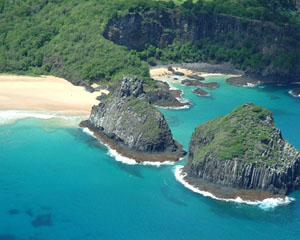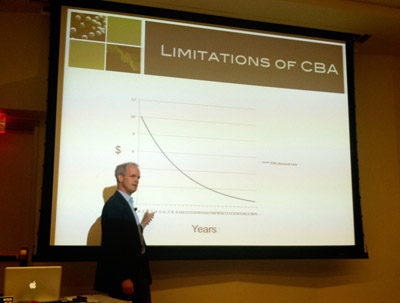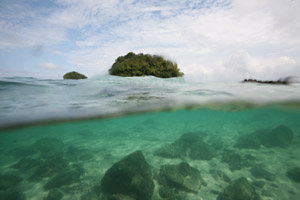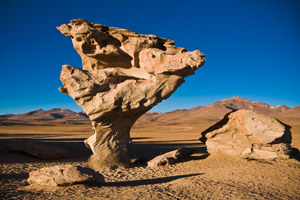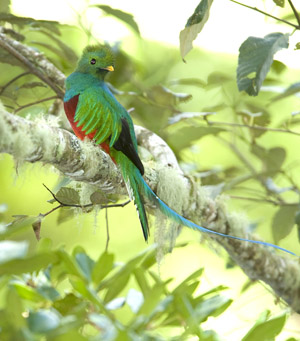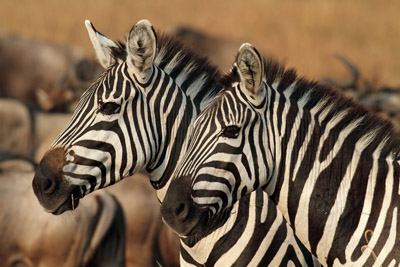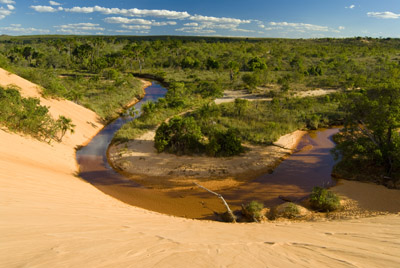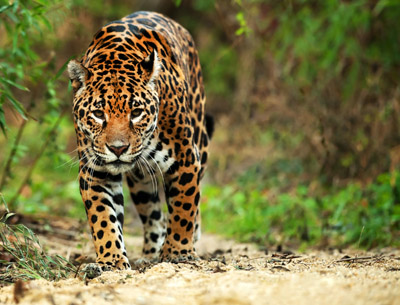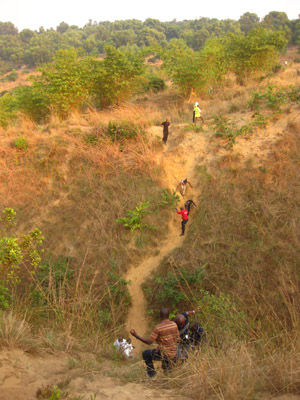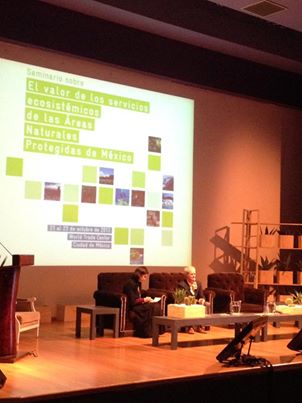News
From Acadia to Zion, Big Bend to Yosemite, U.S. citizens take them for granted: signs and stairs, benches and bathrooms. Invisible as it may be, infrastructure is key to a park’s value proposition. Visitors willingly pay for a park experience that includes beauty, awe, and a few safeguards and conveniences. And people will defend what they love, which is why we wanted to help them get to know, and love, the Fernando de Noronha National Marine Park.
Last month, we had the opportunity to bring CSF’s economic analysis training to a new audience – the Inter-American Development Bank (IDB) in Washington D.C. The IDB approves over $11 billion dollars in loans each year, and is a major force in shaping the face of development in Latin America. We delivered two training workshops for transport and water sector specialists from various country offices, and a shorter session for IDB Economists based in D.C.
Coastal habitats worldwide produce billions of dollars in fishing and tourism income. In drawing up a management plan for one of its premier island sites, the Coiba National Park, Panama’s government was faced with decisions over how to make the most of the island gem’s economic potential without damaging its fragile ecosystems. In 2007, CSF joined the Smithsonian Institution and Conservation International to solve that dilemma.
The Arbol de Piedra, or “Stone Tree,” is a lone 20-foot rock that has been sculpted by wind and sand to look like a resilient yet stunted tree. It’s a good metaphor for the tough life on the Andean high plains, and the icon of Bolivia’s Eduardo Abaroa National Wildlife Reserve.
On a clear day from the top of western Panama’s 11,400-foot Volcán Barú, you can see the Pacific Ocean to the south and the azure Caribbean to the north. A little harder to spot is the best route around the dormant volcano, the centerpiece of the 35,000-acre Volcán Barú National Park. In 2003, CSF and The Nature Conservancy (TNC) performed an analysis to find out.
http://conservation-strategy.org?1384467323
Tanzania’s national parks teem with the big storybook animals: rhinoceroses, lions, elephants and hippopotami. Only a few parks however, have historically teemed with visitors.
Capim dourado means “golden grass” in Portuguese. Whether rooted in soil or pulled from the ground, capim dourado’s thin stems glow with a golden iridescence, and can be woven into bags, hats, baskets and even jewelry. Hundreds of Brazilian artisans in the northern state of Tocantins depend on it for their livelihood.
Since 1998, Conservation Strategy Fund has been committed to making conservation efforts smarter through the use of economics. To celebrate, we're going to be sharing 15 stories over the course of the next few weeks. Each of these stories reflects how CSF's unique training and research programs equip people with the ability to both calculate and articulate the benefits of doing development right. Read our first story below and follow the series through our blog or on Facebook, and share your story at [email protected].
This past June I spent three weeks in Kinshasa, the capital of the Democratic Republic of Congo (DRC) facilitating one of CSF’s flagship Economics Tools for Conservation courses. The course focused on infrastructure planning and biodiversity conservation in the Albertine Rift. The course was delivered in partnership with L'École Régionale post-universitaire d'Aménagement et de gestion Intégrés des Forêts et territoires Tropicaux (ERAIFT). Holding the course in DRC was a great opportunity to share economic tools with conservationists and infrastructure planners that work in an area which faces new and rapid development options.
CSF economists Susan Seehusen, Aaron Bruner and John Reid joined the German technical support agency, GiZ, and the Mexican Protected Areas Commission, CONANP, to support two big efforts to leverage the economic value of protected areas.
Over weekend of October 18-19, Aaron and Susan joined GiZ and parks officials from a handful of Latin American countries to provide technical guidance for the newly launched ValuES program. Yes, that's an upper-case ES for Ecosystem Services; the program focuses on highlighting the values protected ecosystems deliver to human communities in focus countries such as Mexico, Brazil, Peru, Vietnam and India, among others.

